Lowering standards helped give positive image of ASF: Report
Pentagon's highest rating for Afghan forces changed from 'independent' in early 2011 to 'independent with advisors'.
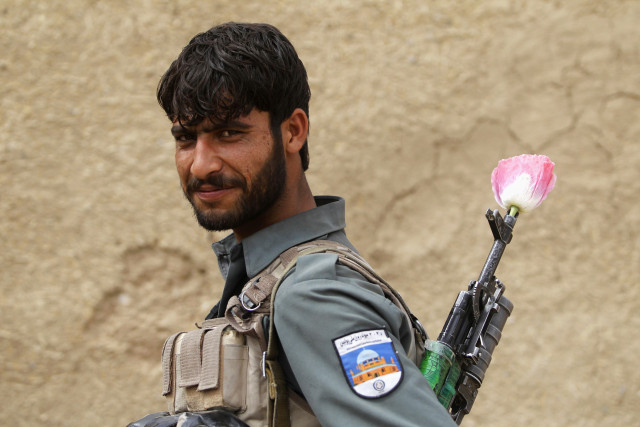
Lowering standards helped give positive image of ASF: Report
"These changes ... were responsible, in part, for its reported increase in April 2012 of the number of ANSF units rated at the highest level," the Government Accountability Office said in a new report on Afghan national security forces, known as ANSF.
In a twice-annual report to Congress in April 2012, the Defense Department reported that Afghan police and soldiers "continued to make substantial progress," classifying 15 out of 219 army units as able to operate 'independently with assistance' from foreign advisors. Almost 40 out of 435 police units got the same rating.
The United States and its NATO allies have poured years of effort and billions of dollars into building up Afghanistan's police and army, which are taking over security as foreign forces prepare to withdraw most troops by the end of 2014.
While Afghan forces are far larger and better trained than they once were, they remain hobbled by problems including inadequate literacy and weak intelligence and logistics capability. Another key area that has disconcerted many is the holes in screening fresh recruits, some of whom have gone on to kill Nato and ISAF troops, even civilian contractors.
"Key definitions used in capability assessments ... have changed several times," the GAO said. Its report said the Pentagon's highest rating for Afghan forces had changed from 'independent' in early 2011 to 'independent with advisors' later that year.
The Defense Department said that change occurred to better reflect the evolving nature of foreign troops' relationship with local forces, and Afghan units' differing skill levels.
"The methods and tools used by (the NATO-led mission in Afghanistan) have certainly evolved, but the changes that have been made have been designed to more accurately track the progress of ANSF units," a US defense official said on condition of anonymity.
"Standards have been made more realistic, but not less rigorous," the official said.
The GAO added that the change to 'independent with advisors' rating "also lowered the standard for unit personnel and equipment levels from 'not less than 85' to 'not less than 75' per cent of authorised levels."
"Clarity regarding the criteria by which security forces are assessed is critical to congressional oversight of efforts to develop foreign security forces," the GAO said.
NATO nations may also struggle in future to secure sufficient funding for Afghan forces, who are likely to face a fierce fight against the Taliban.
Over 10 years after the Taliban government was toppled, the Afghan insurgency remains potent, even though militants were pushed out of some parts of southern Afghanistan following President Barack Obama's troop increase in 2009 and 2010.


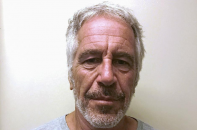
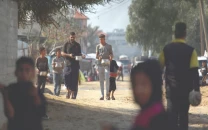
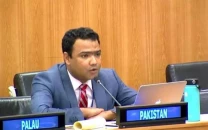

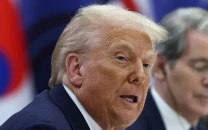
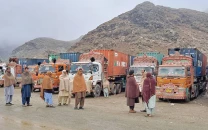

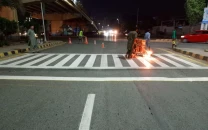









COMMENTS
Comments are moderated and generally will be posted if they are on-topic and not abusive.
For more information, please see our Comments FAQ